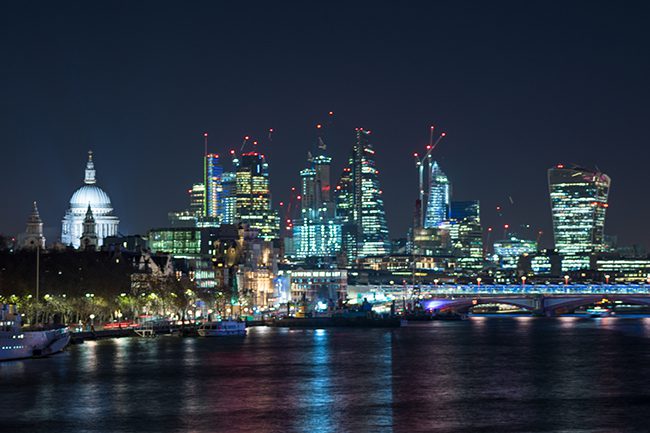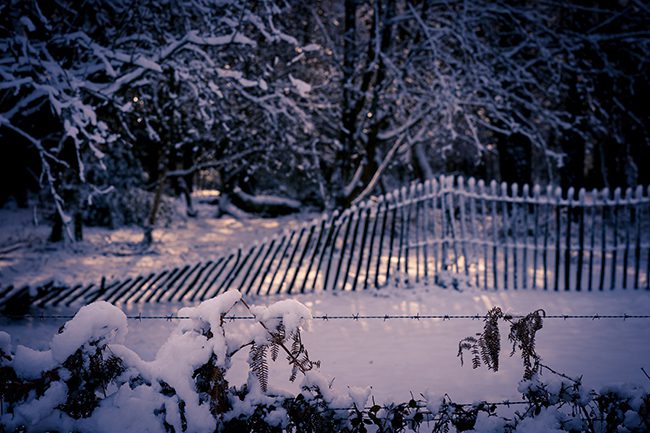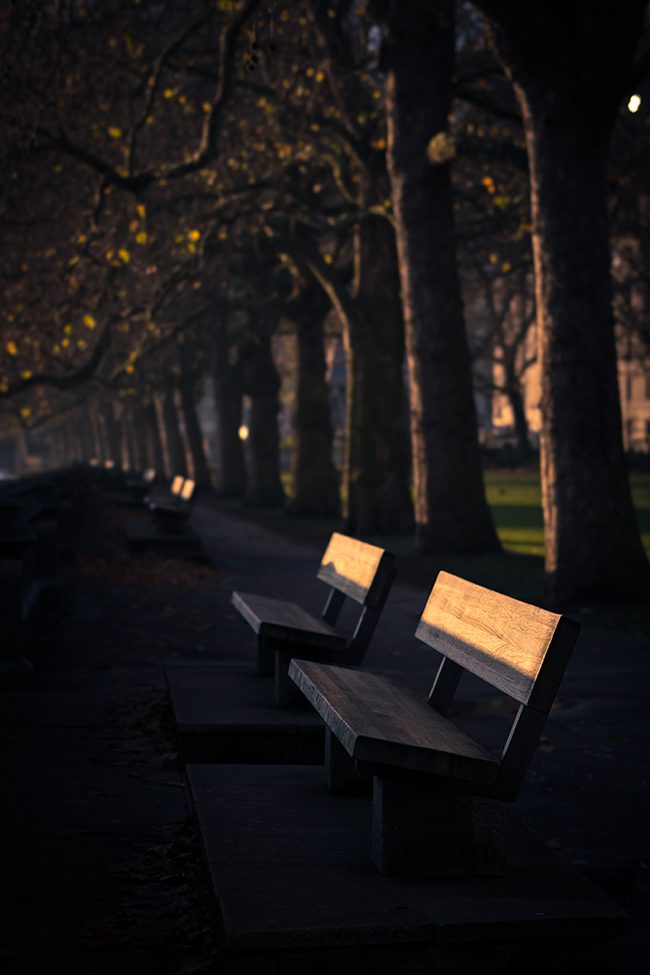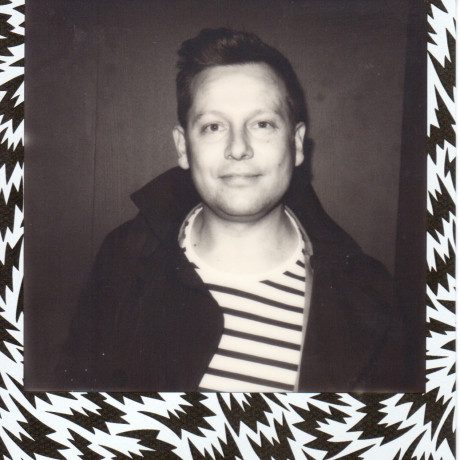Capturing Light in the Darkest Days with Andrew Whyte
British photographer Andrew Whyte has produced a step-by-step guide on how to capture stunning seasonal light for PhotoBite. The series was taken on the streets of London, capturing light in the darkest days and featuring iconic London scenery including Tower Bridge, as well as the street markets of East London
Whether it’s natural twilight scenes, harsh winter darkness or stark contrasting light, winter gives a tremendous assortment of stunning imagery to shoot both in sharp resolution and with artistic bokeh; where some areas of the image are out-of-focus. With all shots in this piece, Andrew used the Sony SEL100F28GM lens.
Capturing light in the darkest days of the year can be challenging. Andrew, who focuses in night-time photography gives PhotoBite readers the following advice: “I’ve been out around London discovering how Sony’s SEL100F28GM lens captures sharp subject detail with beautifully smooth defocused backgrounds; perfect for bringing a festive feel to winter-light scenes. Using a shallow depth of field to blur the background of a photo is a great way to isolate a subject and give your image a sense of depth but it doesn’t always happen automatically. Following these steps will help if you want to recreate a similar mood in your photos.”
Understand the technicalities
Creating bokeh requires a relationship between your lens focal length, aperture, as well as the distances between the camera, background and subject. You can control the first two factors by using a telephoto lens and a wide aperture setting like f2.8. The remaining elements are influenced by how you compose and stage your scene
Chase the light
Aim to shoot for up to an hour either side of sunset and sunrise. Natural scenes like grass and rippled water can be very effective when backlit by a low sun. Alternatively, urban scenes work well during early twilight, when levels of daylight are balanced with artificial light sources
Choose the right settings
Modern-day cameras now do a brilliant job of minimising vibrations when holding a camera, meaning low-light shots without a tripod are possible. However, if your scenes include moving elements or people, you may want to maintain a higher shutter speed to avoid them blurring as they move
Get creative
When light fades to darkness, use a tripod and longer exposure times to present a creative interpretation of urban life. Shoot silhouettes of friends against abstract blurred backdrops, or simply defocus the lens to show a familiar city scene in a new way. Adding an item into the foreground is a great way to give the viewer’s eyes a subject on which to settle
Be prepared
Wrap up warm and start with fully charged camera batteries so you don’t get caught out by winter temperatures. If the thought of venturing outside leaves you cold, recreate the look in your own home with a table-top setup and a backdrop of Christmas decorations or fairy lights. Festive treats and children’s toys both look great when photographed in this style. Position a desk lamp or two to add balanced light to your scene.
With an extremely shallow depth of field and 11-bladed aperture, combined with the unique optical apodisation element, the SEL100F28GM that I’ve been using to capture these shots, is the perfect lens for bokeh winter photography, giving seasonal scenes a natural, luminescent quality.
See more of Andrew Whyte’s work
See the full range of Sony’s photographic kit
Happy shooting!








